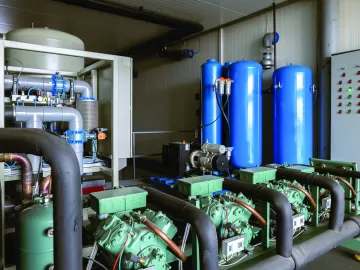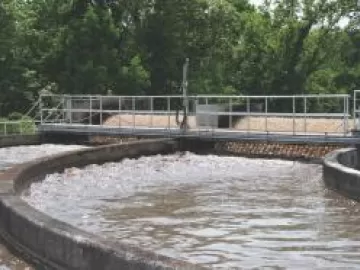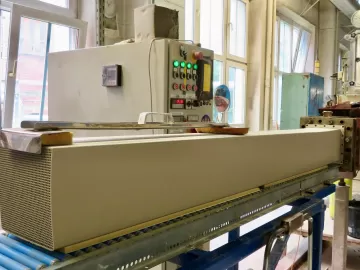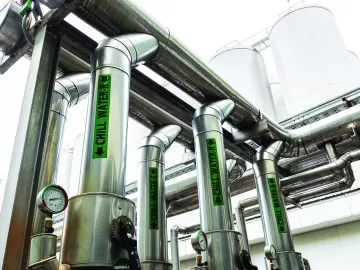Flow Metering Demand-Side Projects in Large Compressed Air Systems
As a reader of this journal, you are well aware that large compressed air systems often have significant wasted air — often from leaks — that represent tens of thousands of dollars of waste per year. However, it is our experience that the so-called “low-cost” measures identified often go un-repaired, while other more costly capital projects get funded. Why? With an ROI of a half year or less, they seem like IQ tests to many compressed air auditors.












